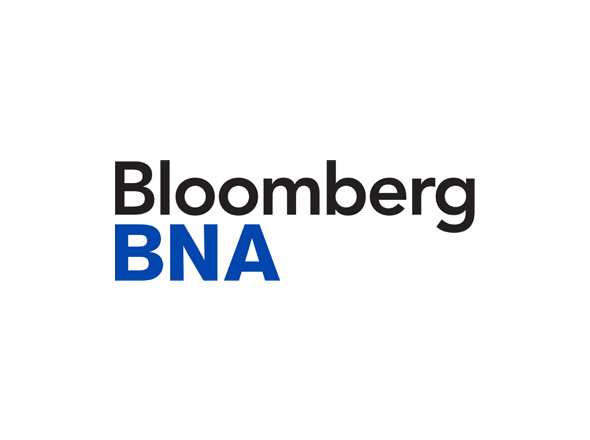Text analytics and natural language processing (NLP)—artificial intelligence technologies that allow computers to understand text and extract information of value to then drive analytics—have made great strides in the past few years. With the text analytics market expected to grow $18.3 billion by 2025, these technologies show no signs of stopping.
Paired with automation, organizations are looking for the technologies to play a large role in driving efficiencies for many processes that run text-heavy workflows. Many critical compliance processes that require handling of unstructured text can benefit significantly from these approaches.
Harnessing the Power of AI
AI-based techniques like text analytics and NLP can be used to provide solutions for a variety of business problems. Just look at all of the tremendous advances made in these fields over the past couple of years. The recent chatbots that many banks, retailers, and other industries have deployed are all powered by these technologies. Call centers are using them to analyze calls and make cross-sell, escalation, and other decisions in real time. Back offices are using them to analyze and respond to customer correspondence. What might not be as widely known is that many of these advances are now available in the open source world.
Compliance departments in banks and financial institutions are wondering how they can use the power of AI technologies in their businesses. Most banks (barring the larger ones who have the budgets to dabble in cutting edge technology) are either not using these technologies today, or in many cases, lack awareness about how they can be deployed to deliver significant business benefits without “breaking the bank.”
Are You Being Served?
The majority of banks and financial institutions’ internal business processes for identifying and recording data and alerting clients are still manual in some form. It is very likely that these organizations are missing out on driving improvements in their compliance operations with the use of advanced AI technologies. In some cases, depending on the complexity of regulation tracking required and the cost of running their compliance functions, the benefits seen from such technology improvements could be significant.
For illustration, here are a few ways in which technologies can help make compliance better:
Provide quicker, more targeted notifications: Automated acquisition and analysis of regulatory content can help alert organizations about relevant updates and trigger compliance analysis processes.
Act as an automated compliance analyst aid: Text processing can help quickly identify specific changes to existing regulations, before the item is presented to the compliance analyst for further analysis. While this might seem like a trivial endeavor, it is not. Regulations can be very complex, intricate, and time-consuming to analyze. For example, instructions for the latest Y-14A reporting requirement from the Federal Reserve System run into 212 pages. The biggest change in its recent update was the replacement of the term “BHC” with the term “BHC and IHC”.
Analytics can detect and report on even the most minute changes and point out what the most critical changes might be. Today, this analysis is often manual, and multiple passes or multiple pairs of eyes (or often, both) are usually required in this activity because it is easy to miss small but critical changes. Automated analysis of the nature described above can play the role of a significant efficiency driver in compliance.
Pretty much any regulation—regulations from the Fed, FINRA rules, securities laws from the SEC, and many others—can be analyzed using these approaches. In fact, the more complex the regulation, the more efficiency such automated analysis can bring to the process.
Determine downstream impacts: Machine- learning techniques can be used to determine the downstream impacts of regulation changes. What system or application needs to change to meet the needs of the latest regulation is a question that business analysts and technology teams often deal with. Technology can help them quickly identify these impacts and prepare for them.
Artificial? Yes, but Still Extremely Intelligent
Technologies like NLP are no longer exotic or out-of-reach. In their current state, none of these technologies might completely replace the human element from the compliance analysis loop just yet. However, they can play a critical part in making the process of compliance analysis more efficient and less error prone.
Banks and financial institutions that waste serious time and precious resources with manual processes will do well to take a hard look at how these new approaches can help drive a new, improved compliance paradigm.
 By Rajesh Kamath
By Rajesh Kamath
Rajesh Kamath heads incubation and solutions for the financial services business unit at Incedo Inc.
Source: Electronic Commerce & Law Report: News Archive > 2017 > 12/06/2017 > Bloomberg Law Insights > Emerging Technology: Compliance—Ripe for Technology-Driven Disruption

